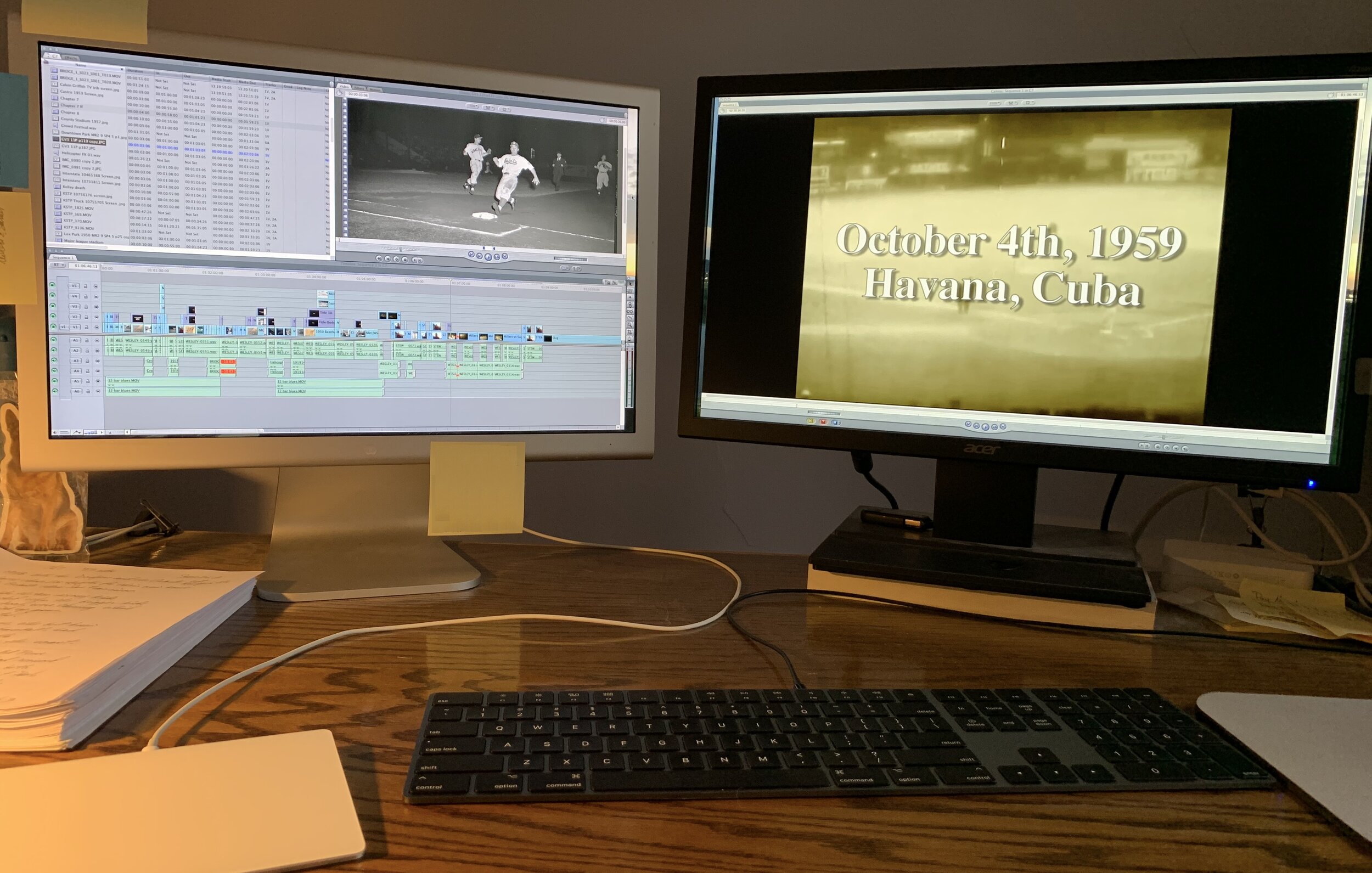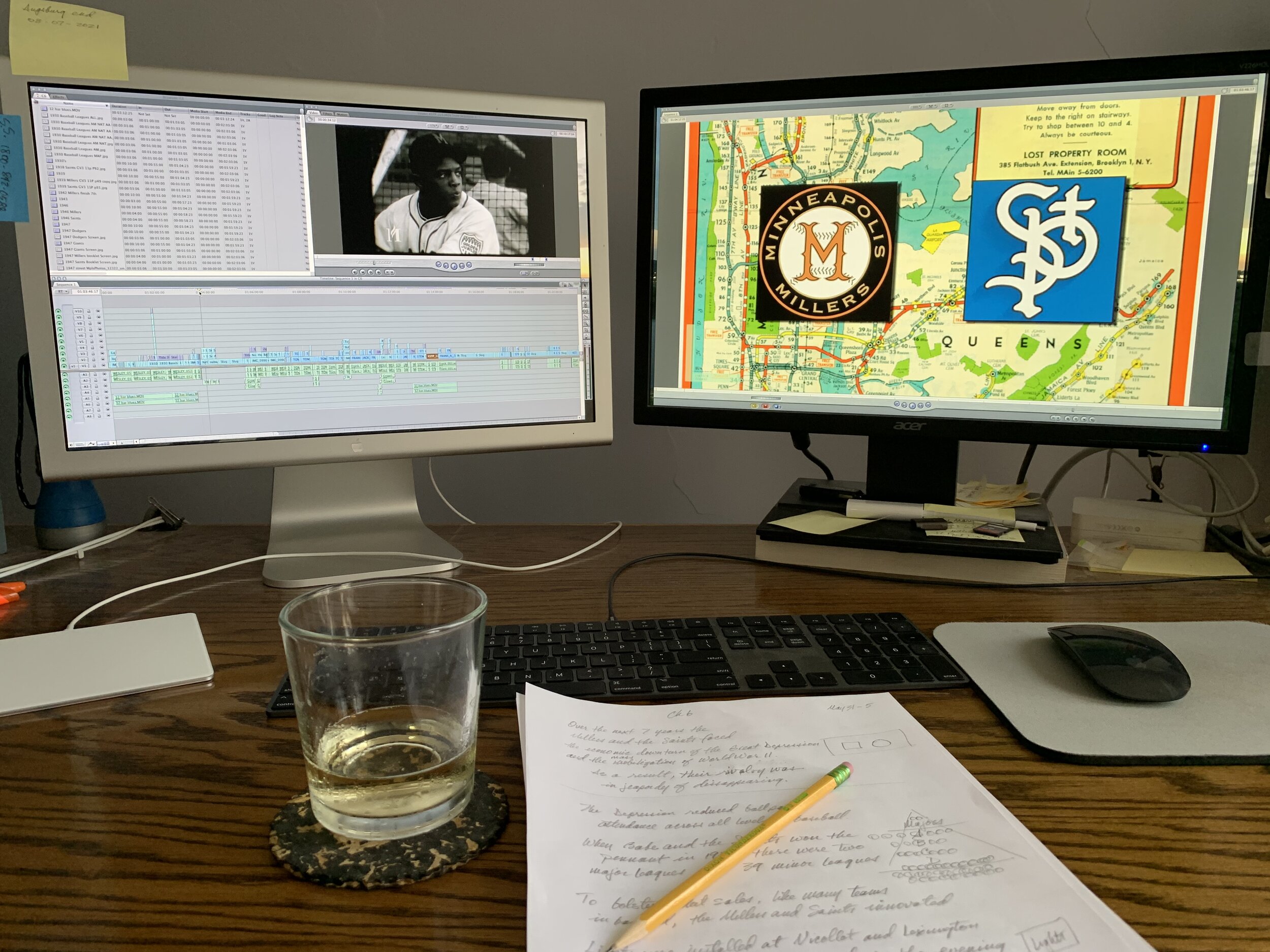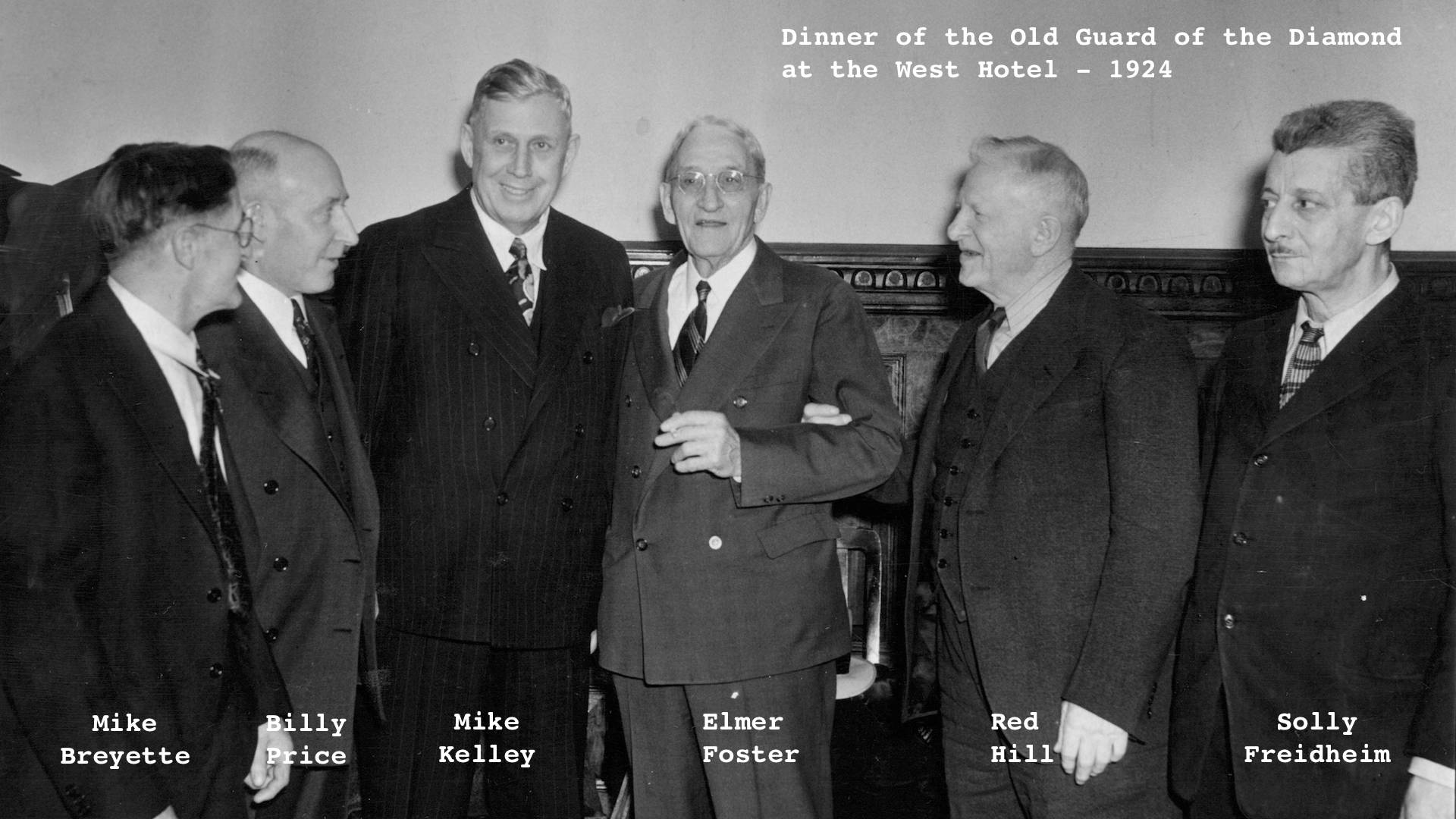“The Second Kelly” spelled his last name with only one “E” but will always be remembered for the two World Series his Minnesota Twins won in ’87 and ’91. That Kelly’s first name was Tom. Most everyone knows him as “TK”.
“The First Kelley” (Michael Joseph Kelley) piloted the 1920 Saint Paul Saints to 1st Place in the American Association Minor League with 115 wins and only 47 losses. He went by Mike.
They were different Kelley’s in different eras but both earned profound respect from all the fans in both Minneapolis and Saint Paul.
Mike Kelley was born on December 2nd, 1875 in Templeton, Massachusetts.
At the age of 19 he started playing for the Augusta Kennebecs of the New England League (minors). He made his major league debut in 1899 with the Louisville Colonels of the National League. On that team he played first base. His teammates included several famous players of the day: Honus Wagner, Rube Waddell, Fred Clarke, and Tommy Leach.
1899 was Mike’s only year in the majors. By 1901 he had joined the St. Paul Saints of the Western League becoming its manager late in the season and then stayed with the Saints as they became founding members of the American Association in 1902.
He managed 5 different Midwestern teams during the next 17 years spending twelve with the Saints. After the war-shortened season of 1918 he was managing the Saints and was able to pack the 1919 roster with talented veterans many returning from overseas.
His 1920 St. Paul Saints is considered by many historians to have been the second best minor league team ever. The Baltimore Orioles of the International League are listed as the best winning 7 consecutive pennants between 1919 and 1925.
While managing the Saints Mike guided them to back-to-back American Association pennants in 1903-1904. His teams won three more championships in 1919, 1920, and 1922. His 1923 club won 111 games while finishing second, two games behind the Kansas City Blues. At the end of the 1923 season Kelley purchased the Minneapolis Millers and became their manager.
It must have given Kelley and his new Minneapolis fans a bitter-sweet satisfaction to watch his old team (and new rivals) beat the Orioles in the Saints’ last Junior World Series appearance in 1924.
Kelley led the Millers from 1924 through 1931, but never won a pennant; his highest finish was second in 1928 to the Indianapolis Indians. After a sixth-place finish in 1931 Mike turned the reins of the team over to Donnie Bush, but he continued to own it until 1946. That off-season he sold the Millers to the New York Giants. His over-all record during his 30 years as a manager was 2,390 wins and 2,102 losses for a .532 winning percentage.
In his retirement Michael Joseph Kelley attended celebrations and banquets of all kinds permitting his admirers to raise a glass to his longevity and celebrate his dedication to a game they loved.
It is impressive that he worked both sides of the river, first as a player/manager of the Saints and then as an owner/manager of the Millers and never lost the respect of the fans in both cities. But his most impressive feat was to navigate the rough and tumble times of early 20th Century baseball and along the way compile an impressive career spanning 30 years. There were many seasons where his teams topped more than 200,000 attendants when other cities, with major league teams no less, could barely attract half that number.
Kelley was an honorary president of the Millers and lived in Minneapolis until his death on June 6th of 1955. A Massachusetts boy by birth he took the Twin Cities as his adopted hometown. He is buried in Lakewood Cemetery.
I think the man deserves a monument.
(Photo Caption: Elmer Foster, a former Minneapolis Miller who went on to play outfield for the New York Giants, is the guest of honor at the dinner of the Old Guard of the Diamond at the West Hotel, 1924.)




